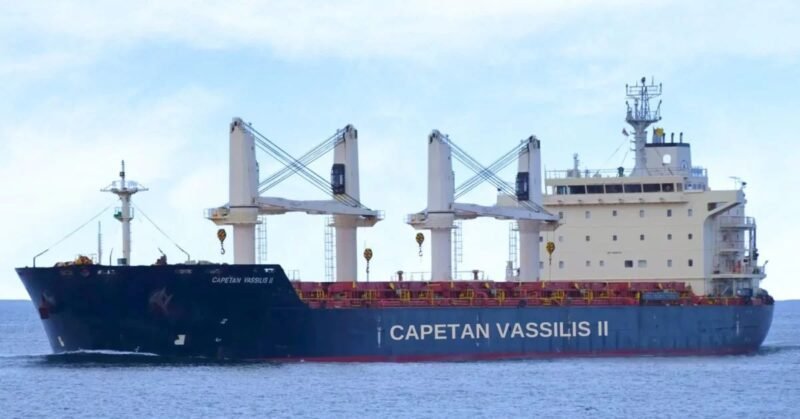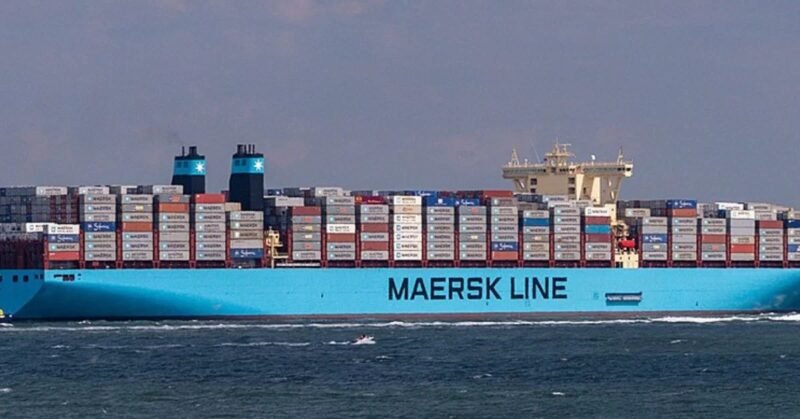The Directorate General of Shipping in India has announced new requirements for vessels calling at Indian ports. Port authorities will now need to establish a thorough procedure for verifying the legitimacy and authenticity of Protection and Indemnity (P&I) insurance certificates, including proof of premium payments. This verification process will involve D G Shipping-approved non-IG insurers and the 13-member International Group of Protection and Indemnity Clubs (IG Clubs) based in London. These entities will ensure that port authorities can verify the validity of P&I certificates online, including details like premium payments.
A draft Merchant Shipping notice titled “Mandatory Verification of Protection and Indemnity (P&I) Certificate by Indian Port Authorities” has been introduced. This notice specifies that from January 1, 2025, the current practice of confirming these details via email will no longer be accepted. Documents related to P&I certificates must be submitted by November 30th, either electronically or through physical delivery methods. Moving forward, all document submissions must be made through the Maritime Single Window (MSW) to comply with regulations and streamline the verification process.
These new regulations aim to enhance transparency and efficiency in verifying P&I insurance certificates for vessels at Indian ports. By requiring online verification and standardized submission methods through the MSW, the Directorate General of Shipping is setting a higher standard for ensuring the authenticity and validity of P&I certificates. Vessel operators and port authorities will need to adapt to these changes to meet the new requirements by the specified deadline.


















